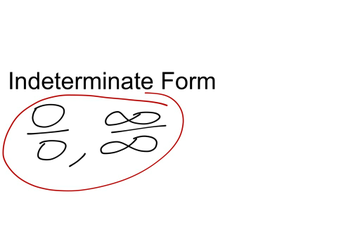

Indeterminate Sentencing: Making a Comeback?ĭeterminate sentencing began to spread widely during the 1970s and 1980s and is now the rule in many states. They charge that too often, minorities and prisoners without connections receive overly harsh decisions from parole boards, while less deserving offenders are released early. The problem with indeterminate sentencing, according to its critics, is that it puts too much power into the hands of the parole board, leading to arbitrary and discriminatory results.


There is, at least in theory, a careful and specific evaluation before the offender is released back to the community. The victims of the offender's crime may also submit statements. The decision takes into account the individual offender's crime (including mitigating or aggravating circumstances), criminal history, conduct while in prison, and efforts toward rehabilitation. With indeterminate sentencing, the goal is that offenders who show the most progress will be paroled closer to the minimum term than those who do not. Prison officials generally like indeterminate sentencing because the prospect of earlier release gives prisoners an incentive to behave while incarcerated. The principle behind indeterminate sentences is the hope that prison will rehabilitate some offenders, and that different people respond very differently to punishment.
#Yoa5c indeterminate sente free#
Crimes usually carried a maximum sentence, but judges were free to choose among various options-imprisonment, probation, and fines. Indeterminate sentencing used to be the rule in every state and for the federal courts as well. Pros and Cons of Determinate and Indeterminate Sentencing They are not generally used when the crime is less serious. Indeterminate sentences may be handed down for felony convictions, where punishment includes incarceration in a state prison. The state parole board holds hearings that determine when, during the range of the sentence, the convicted person will be eligible for parole. It will be determined by a parole board when it periodically reviews the case. For example, a sentence of six months in the county jail is determinate, because the prisoner will spend six months behind bars (minus time off for good behavior, work-release, or other alternatives to in-custody time, when applicable).īy contrast, an indeterminate sentence is one that consists of a range of years-for example, "20 years to life." With an indeterminate sentence, there is always a minimum term (which, again, may be lessened by credits), but the release date, if any, is uncertain. The Internet is not necessarily secure and emails sent through this site could be intercepted or read by third parties.Ī determinate sentence is a jail or prison sentence that has a defined length and can't be changed by a parole board or other agency. The lawyer or law firm you are contacting is not required to, and may choose not to, accept you as a client. Any information sent through this site does not create an attorney-client relationship and may not be treated as privileged or confidential. You should not send any sensitive or confidential information through this site. Your number will be held in accordance with our Privacy Policy. You will receive up to 2 messages per week from Martindale-Nolo. Attorneys have the option, but are not required, to send text messages to you. You are not required to provide consent as a condition of service. Messages may be sent using pre-recorded messages, auto-dialer or other automated technology. Martindale-Nolo and up to 5 participating attorneys may contact you on the number you provided for marketing purposes, discuss available services, etc. By clicking "Find a Lawyer", you agree to the Martindale-Nolo Texting Terms.


 0 kommentar(er)
0 kommentar(er)
